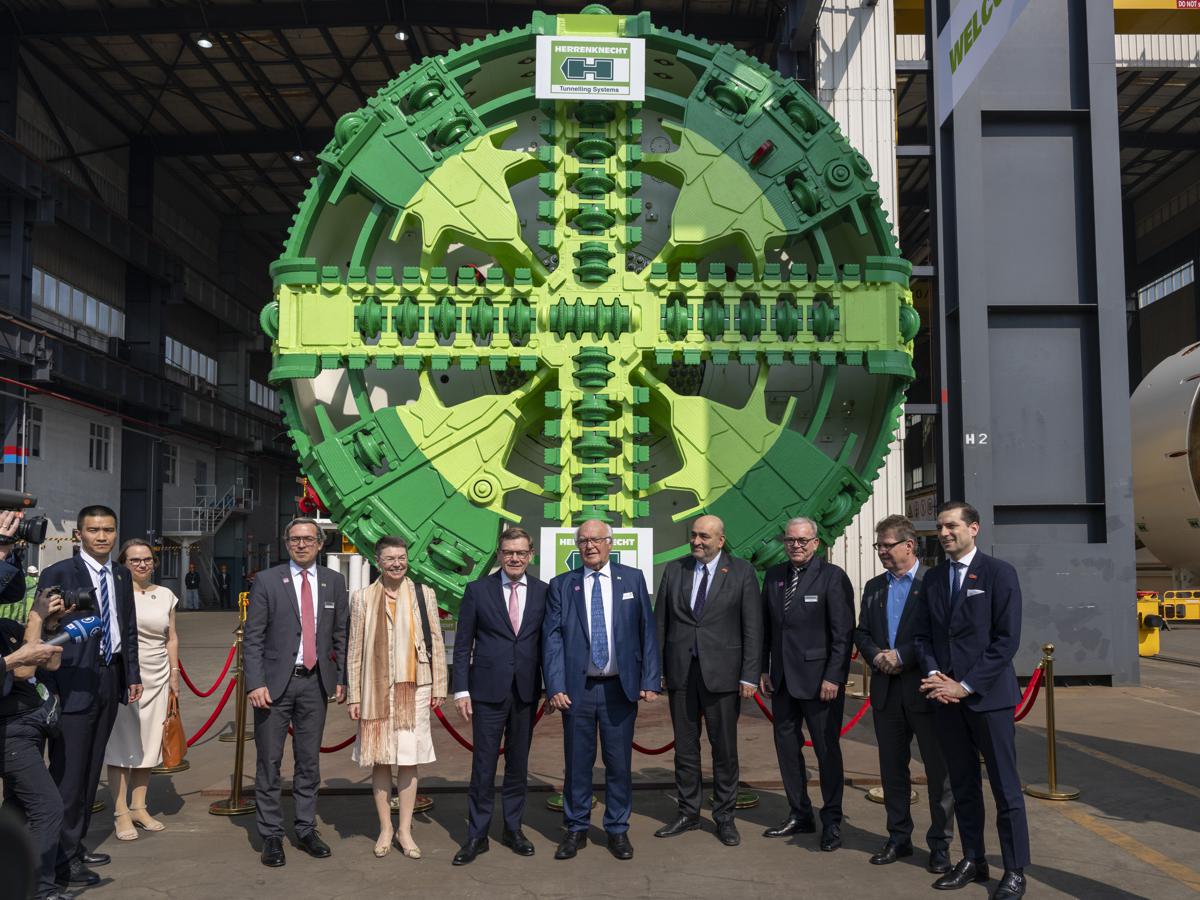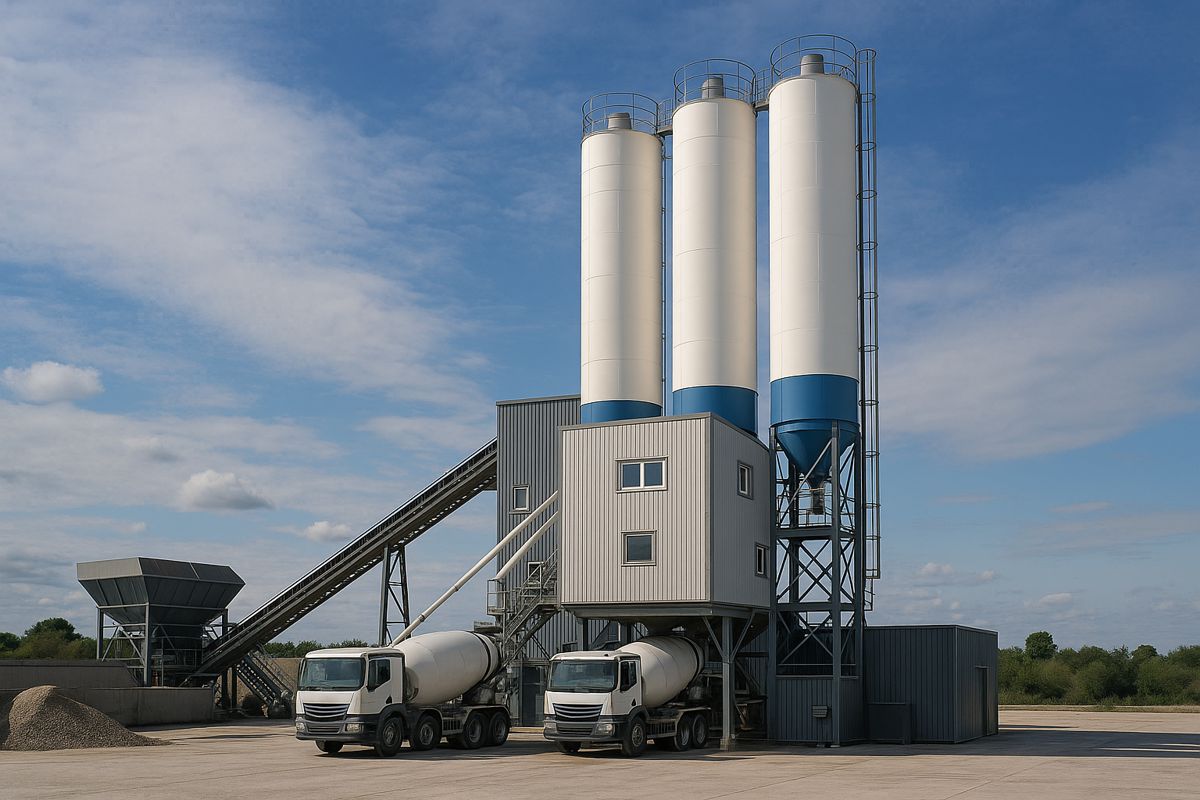Investing in Smarter Mobility along Chile’s Route 160
Chile’s ambitious plan to modernise one of Greater Concepción’s most heavily travelled corridors has taken a decisive step forward after Consorcio Electro-Cointer emerged as the sole bidder for the Ruta 160 Public Transport Corridor Concession. The initiative, carrying a projected project finance investment of US$171 million, aims to deliver a reliable, integrated and safer public transport spine along a 14 km stretch of Route 160 in the Biobío Region.
The corridor will extend between Daniel Belmar Street in San Pedro de la Paz and the Escuadrón I Industrial Park in Coronel. This axis acts as a critical connector for tens of thousands of residents, commuters and freight operators, and the new concession promises to strengthen continuity across existing transport infrastructure in the area. The project is expected to relieve pressure on congested routes, improve travel predictability, and enhance safety through improved design and operational standards.
Strategic Importance To Greater Concepción
Greater Concepción relies heavily on Route 160 for daily mobility, linking residential zones, industrial areas and commercial districts. The new transport corridor is designed to support long-term urban development goals, reduce bottlenecks and foster more sustainable travel patterns throughout the metropolitan area.
Authorities view the initiative as a central pillar in the region’s efforts to modernise public mobility systems. With San Pedro de la Paz and Coronel experiencing steady population growth, expanding transport capacity and safety has become essential to maintaining economic resilience and supporting local industries.
Project Structure And Sector Breakdown
The concession divides works into two defined sectors, reflecting the geography and mobility needs of the corridor. Sector A covers approximately 7.3 km between Daniel Belmar Street and Avenida Cuatro Sur in San Pedro de la Paz, extending to the municipal boundary with Coronel.
Sector B encompasses roughly 6.9 km from Avenida Cuatro Sur to the Escuadrón I Industrial Park. This portion includes some of the most technically demanding elements of the project, particularly where industrial access points, freight routes and urban traffic flows converge.
Infrastructure Upgrades And Engineering Scope
A key objective of the corridor is delivering a modern, efficient bus transport system. To achieve this, the project includes the construction of central median bus stop platforms, allowing smoother passenger boarding and prioritised public transport movement. These platforms will sit between segregated lanes, separating bus traffic from private vehicles to promote reliability.
The concession also requires upgrading and regularising level crossings with the existing railway infrastructure. Improved signalling, safety barriers and geometry modifications are expected to reduce accident risks and facilitate smoother operation for both rail and road users.
In addition to the transport infrastructure, plans call for the construction of new pedestrian crossings and upgraded bus stops. These improvements aim to give local communities safer and more convenient access to mobility services.
Grade-Separated Crossings For Safer Connectivity
An important component of the engineering works involves three new grade-separated crossings. These structures will connect Route 160 with the coastal edge at the Michaihue, Carlos Pezoa Véliz and Escuadrón sectors. The crossings are designed to streamline traffic flows, eliminate hazardous intersections and provide dedicated spaces for pedestrian and cyclist movements.
Such separation of transport modes will reduce conflict points and help accommodate increasing demand for active travel across the region. By addressing long-standing safety concerns, the project supports Chile’s efforts to reduce road fatalities and encourage a shift toward more sustainable mobility choices.
Enhancing Active Mobility Across The Corridor
A two-way cycle lane will be created on the west side of Route 160, running parallel to the new corridor. This addition responds to growing demand for cycling infrastructure nationwide, particularly in urban areas seeking to cut emissions and improve public health.
Pedestrian walkways will be built on both sides of the corridor, offering safer routes for residents and workers. These features reflect global best practices where modern transport corridors are designed as multi-modal systems that balance public transport, cycling and walking with vehicle movement.
Economic And Regional Impact
Beyond its transport benefits, the project is set to stimulate economic growth by reducing travel times, widening access to employment zones and improving the logistical flow between industrial hubs. Faster, more reliable mobility can significantly strengthen productivity across the Biobío Region.
With better access to Coronel’s industrial park and surrounding commercial centres, businesses are expected to see reduced operational delays and improved workforce accessibility. Modernised mobility infrastructure also tends to attract new investment, fostering innovation and long-term urban development.
Context And Insights
Chile’s approach to developing high-capacity public transport corridors mirrors strategies deployed in major Latin American cities such as Bogotá, Santiago and Curitiba. Median bus lanes, integrated mobility hubs and grade-separated junctions have demonstrated strong benefits by reducing congestion and encouraging public transport adoption.
International studies highlight that cities investing in high-quality bus rapid transit and multi-modal corridors often see improved air quality, fewer road accidents and higher commuter satisfaction. By adopting these principles, the Route 160 corridor stands positioned to deliver similar gains.
Supporting Sustainable Mobility For Future Growth
As the Biobío Region continues to expand, the Ruta 160 Public Transport Corridor represents a pivotal move toward long-term sustainable mobility. The scheme’s combination of public transport upgrades, active travel investments and improved safety features aligns closely with Chile’s national ambitions for greener, more efficient transport networks.
Ultimately, the project is expected to leave a lasting positive legacy by creating a safer, more connected and more resilient mobility corridor for Greater Concepción.




















